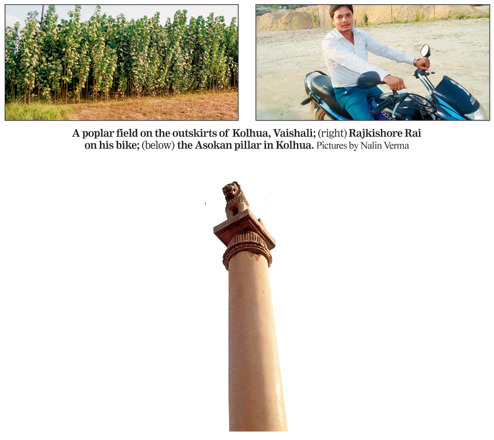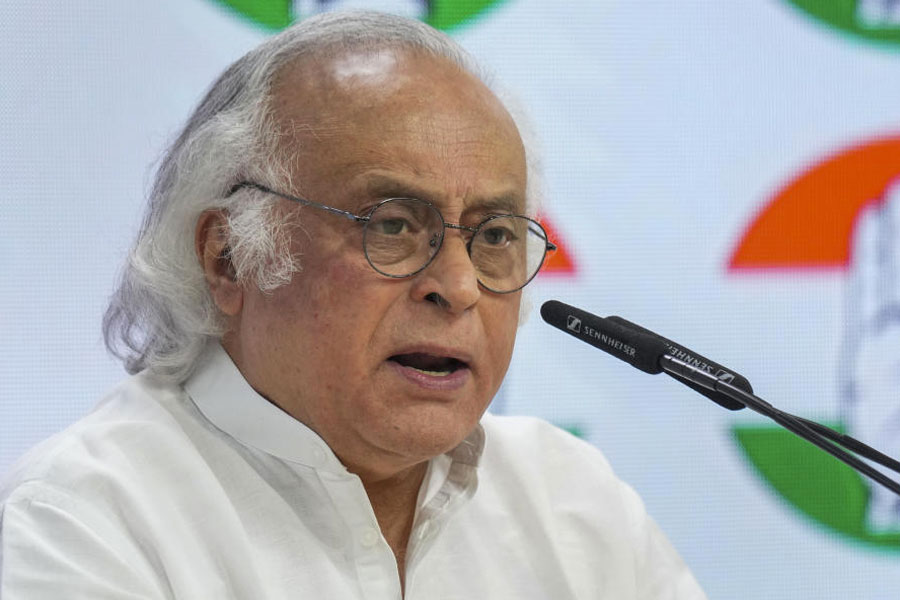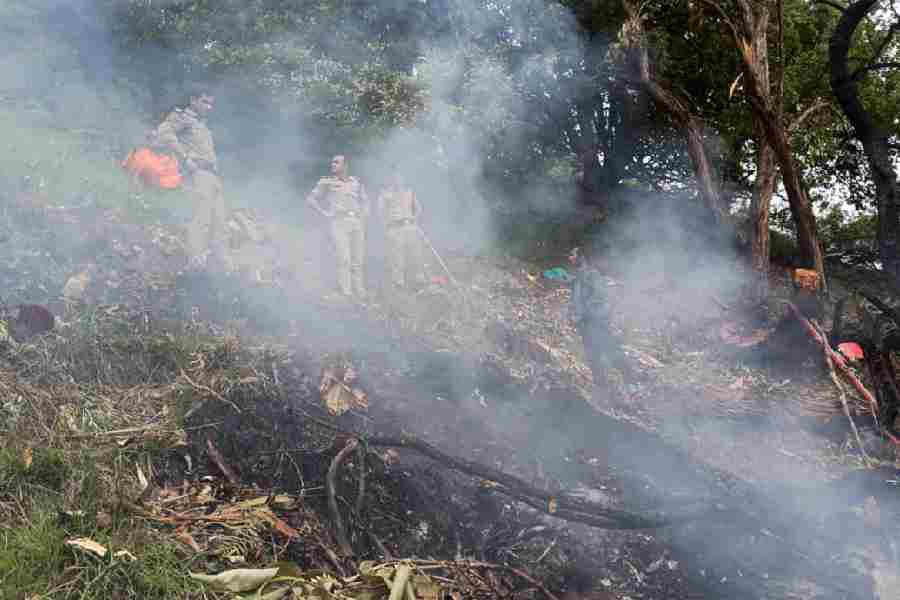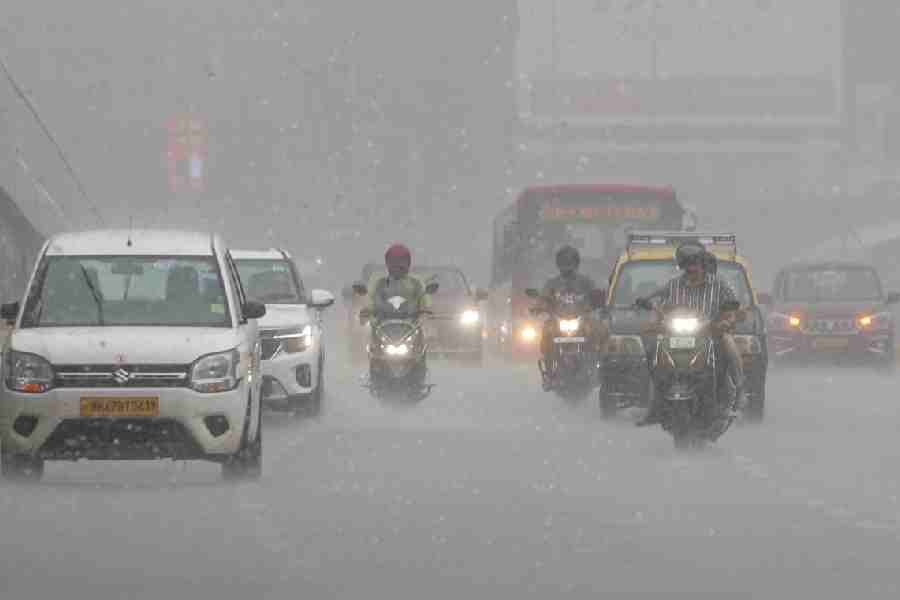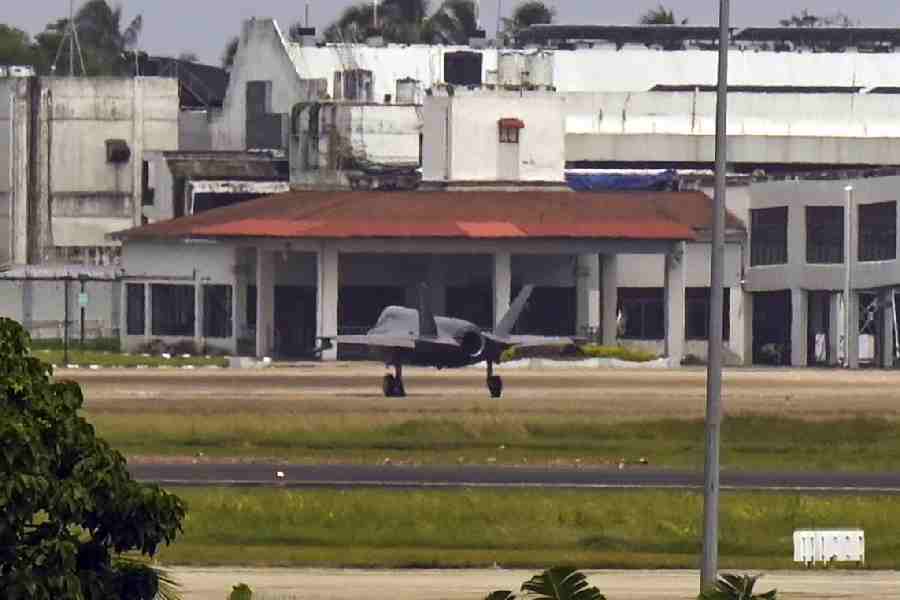
Bihar's Seemanchal area which is witnessing one of the worst floods in the last decade has a network of rivers. Ganga, Kosi and Mahananda all flow through this area.
But it is the Mahananda river, emerging from Kurseong in Darjeeling district of Bengal that plays havoc with the Seemanchal area first. "The last time it played havoc was in 2007, just when the state was preparing for anti-drought measure", recalled noted flood expert Dinesh Mishra pointing out that like all rivers emerging from the Himalayas, the Mahananda also is hit by siltation and river beds rising, reducing the capacity of the river to hold water.
"The embankment made along the rivers only complicates the floods as there is no free flow. The Mahananda water first floods Kishanganj and Araria and then goes to Purnea and Katihar," he added.
The Mahananda, a 360km-long river crosses Bihar, Bengal and Bangladesh and has been one of the main rivers causing flooding in the region. In 2007, the release of 1.7 lakh cusec of water led to flooding of the Seemachal region. A cusec amounts to roughly 28.32 litres of water flow per second crossing a particular point.
The Mahananda is a typical river system consisting of two different stream, one arising from mountainous region of Himalayas in Nepal that traverses through Bihar and falls in the Ganga on the left opposite to Rajmahal in Bihar and is locally named as river Fulahar. The other stream also named as Mahananda rises in downhill in Darjeeling in Bengal and traverses a distance of about 400km through the district of Darjeeling, West Dinajpur and Malda and enters Bangladesh and ultimately falls in the Ganga near Godagarighat in Bangladesh just opposite to Lalgola in Murshidabad district of Bengal. The right channel flow through Bihar in the name of Fulahar. The left channel flow through the districts of West Dinajpur and Malda and enters Bangladesh in the name of Mahananda.
Already during the current floods, water from the Mahananda has over-topped national highways at several locations. It also entered Kishanganj railway station, stopping rail movement. The district administration of Kishnaganj has reported snapping of road links of several villages forcing them to evacuate the villagers to safer places. But even during 2011, when Bihar witnessed a lean rainy season, the Mahananda played havoc in low-lying areas of Kishanganj.
In July 2010, chief minister Nitish Kumar launched the Mahananda River Basin Project for the fortification of embankments along Mahananda at a cost of Rs 149 crore. He had then expressed hope that it would address the problem of floods due to the Mahananda. However, seven years down the line, the region still remains flood-prone.
Experts believe that strengthening of embankments may not be the solution.
Mishra said: "The Mahananda Flood Control Scheme (MFCS) is a case of a solution being worse than the problem it is designed to solve. Embankments under the MFCS have created a problem of waterlogging which damages crops, and the residents have no option but to breach the embankments. MFCS illustrates what happens when there is poor communication between political decision-makers and technical experts, and none between these two and the people affected by that decision." He added that instead of building more embankments, the government should make people aware of flood-prone areas how to cope with floods.

